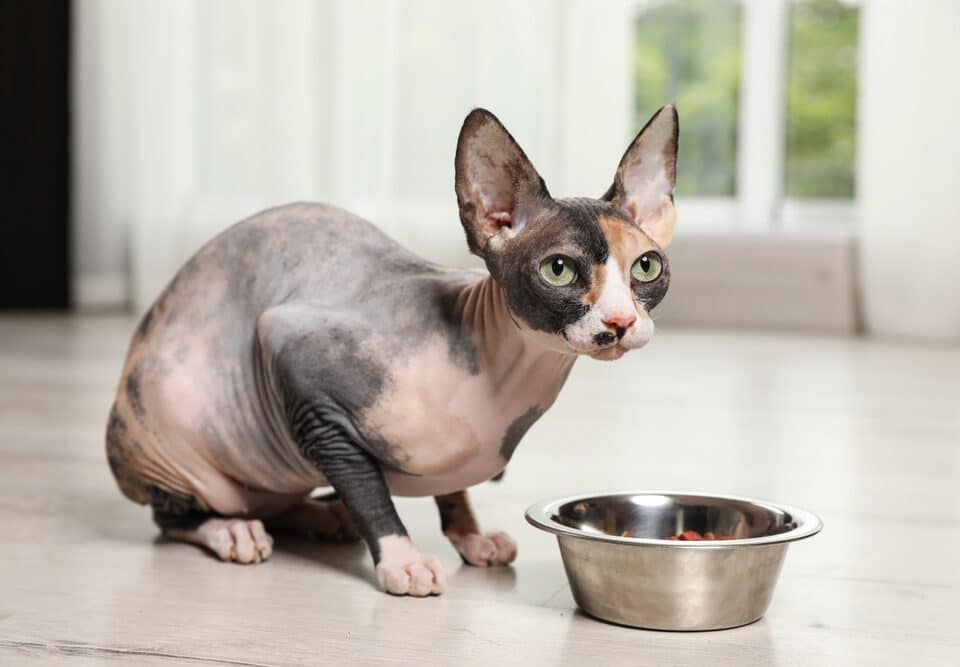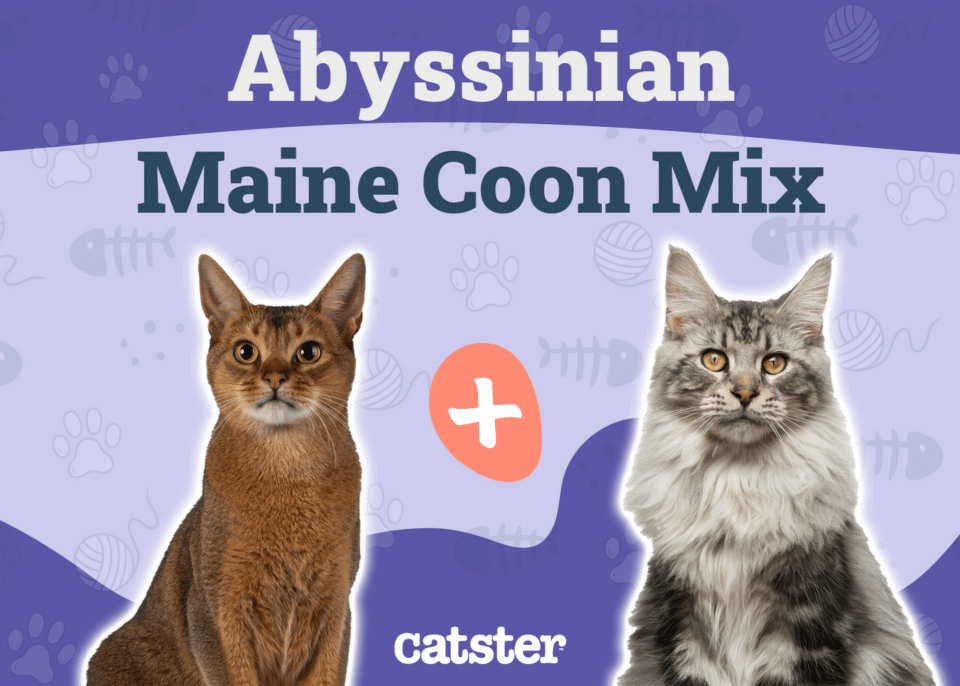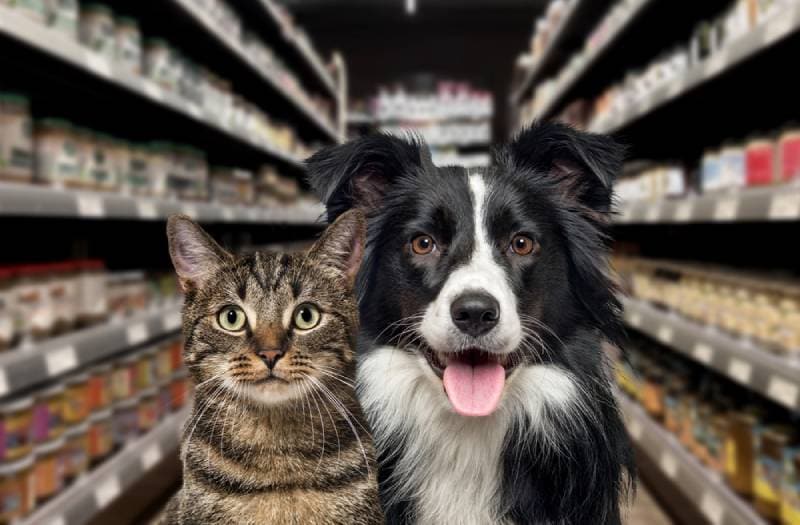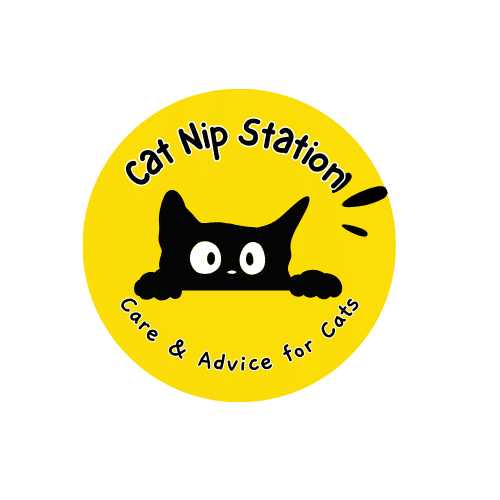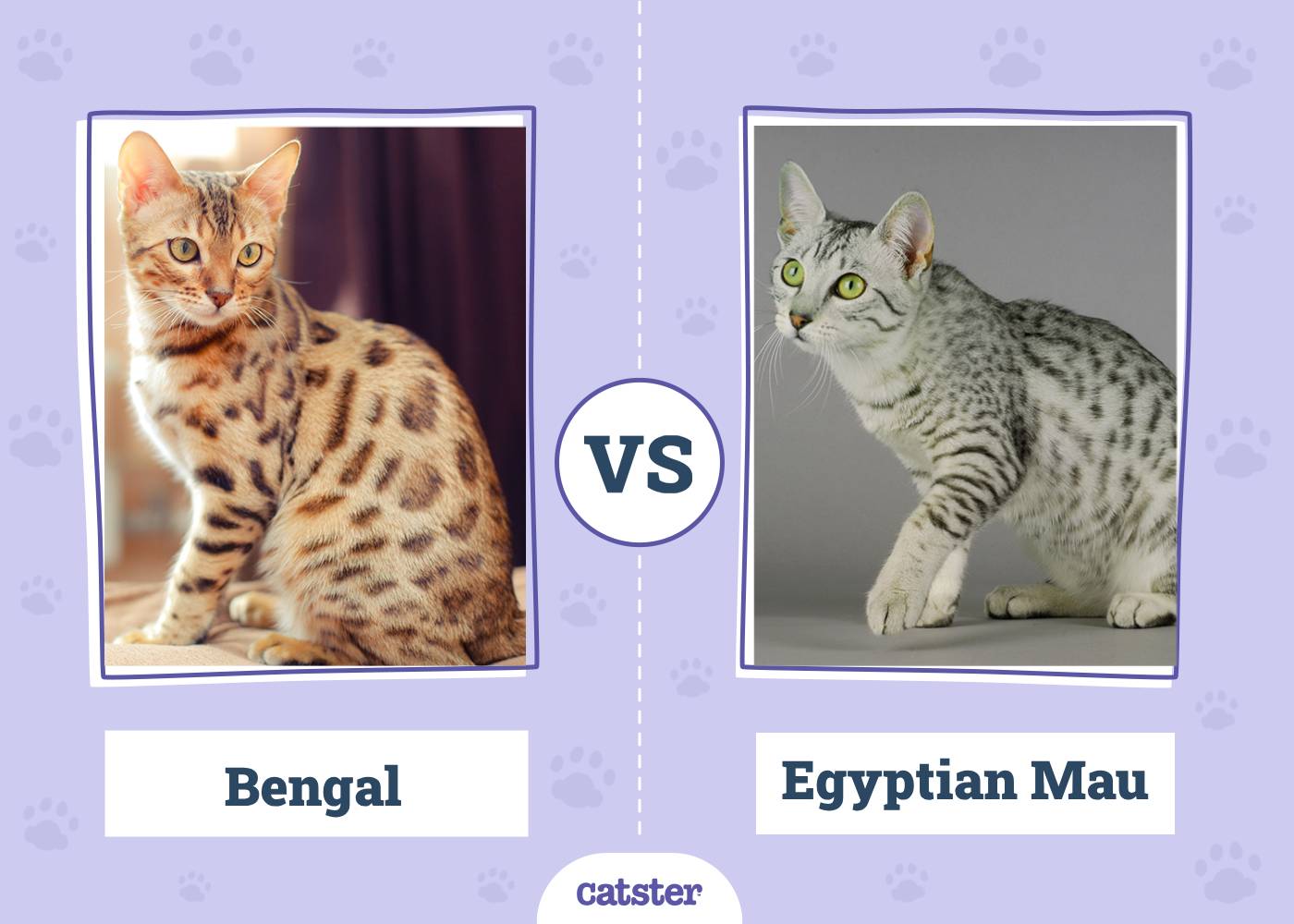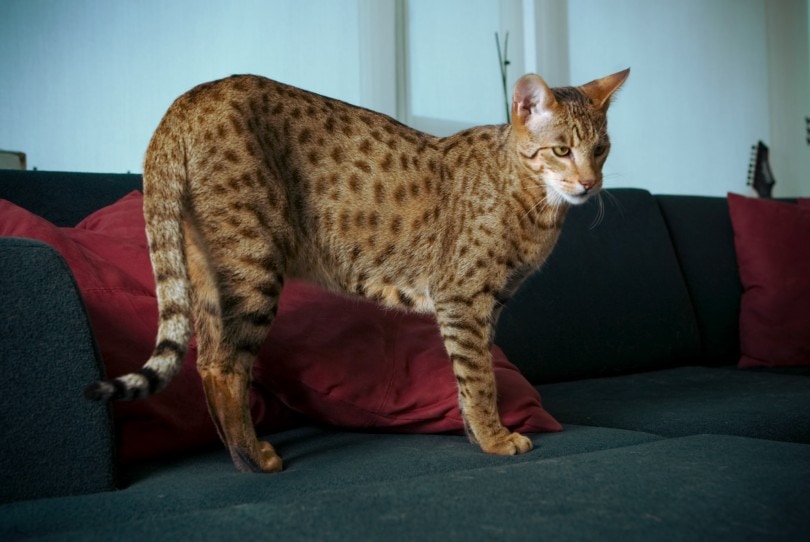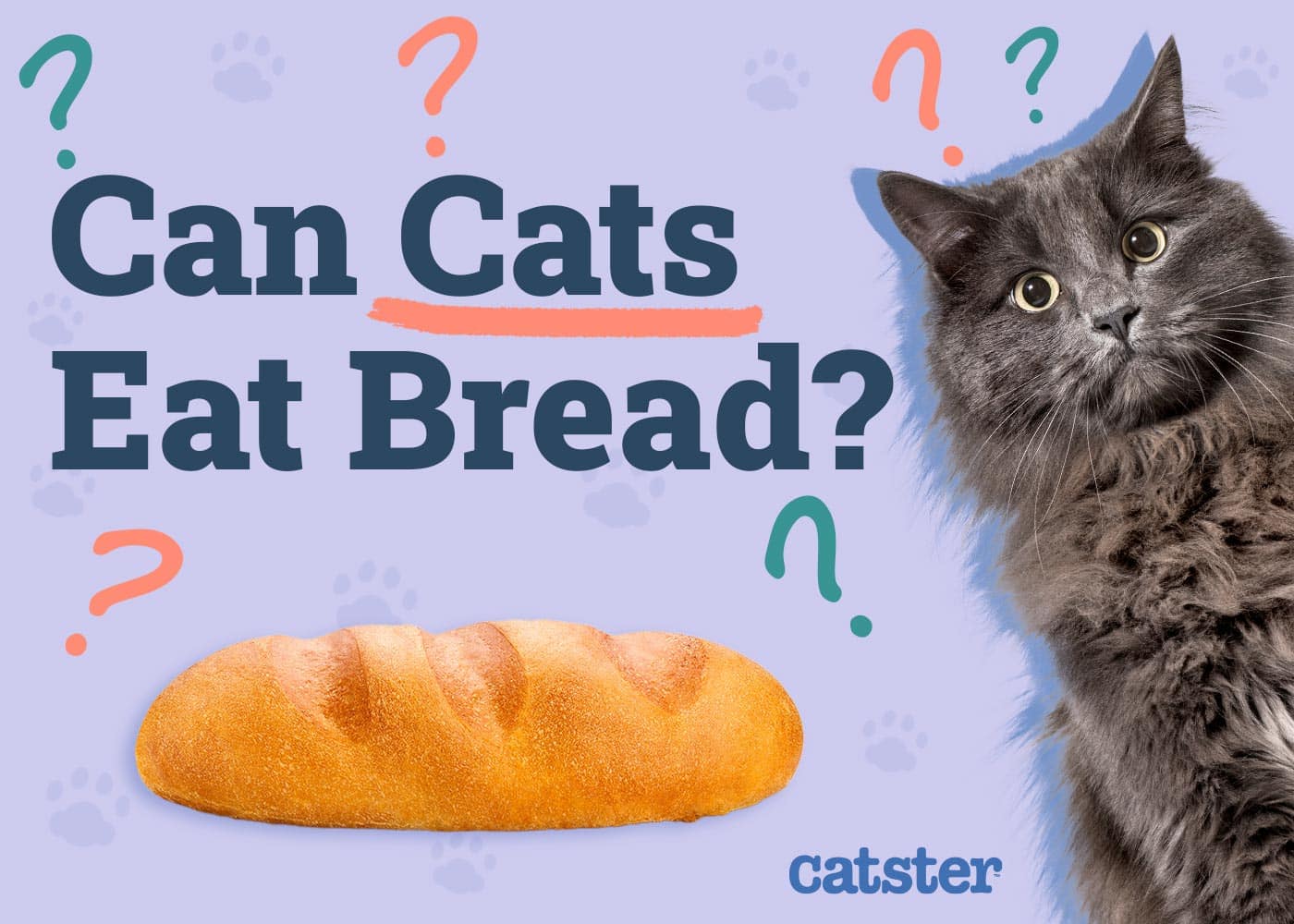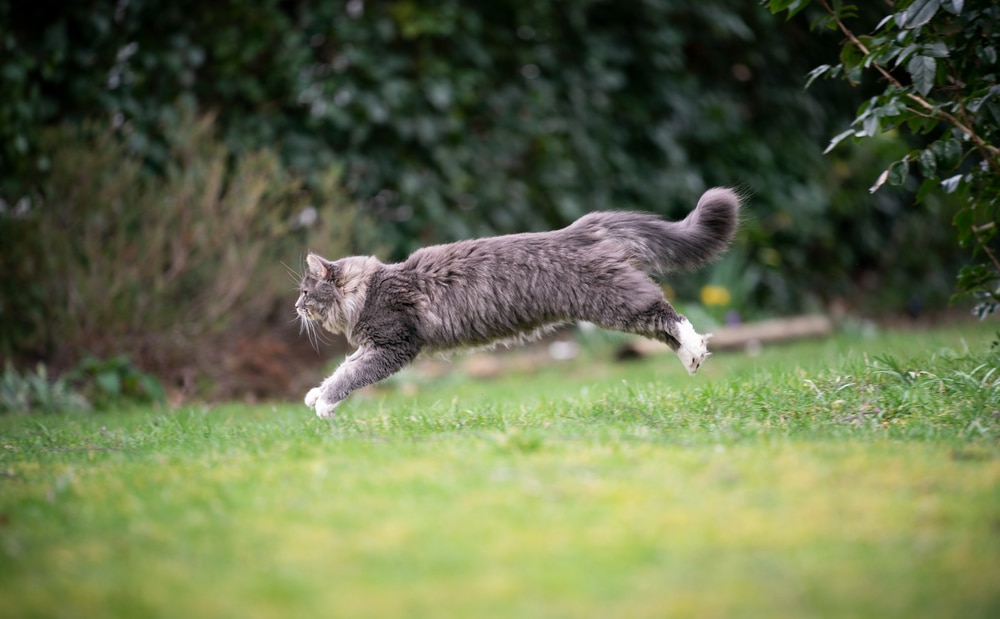Feeding your cat is more art than science. With so many factors to consider, it’s no wonder pet parents are often left scratching their heads. Cats, like their human owners, have varied needs based on age, size, and lifestyle.
As you navigate the world of feline nutrition, it’s crucial to strike a balance between portions and frequency. Too little food can lead to deficiencies, while overfeeding can cause obesity. Finding the sweet spot ensures your cat stays healthy and happy.
Understanding Feeding Frequency
Feeding a cat isn’t a one-size-fits-all. Younger felines need more frequent meals than their adult counterparts. As cats mature, their caloric needs decrease, meaning you can reduce meal times. Adult cats typically do well with two or three meals daily, ensuring they get adequate nutrition without overfeeding.
Decoding the Cat Feeding Chart
Knowing your cat’s ideal weight and age, you can determine the correct portion size. For instance, while a kitten might require numerous tiny meals, an adult cat benefits from fewer, more substantial feedings. It’s a good idea to keep tabs on your pet’s weight to avoid health issues.
Key Influencers on Your Cat’s Diet
Active cats burn more calories, requiring more energy intake. Meanwhile, older cats or those with lower activity levels benefit from controlled portions to prevent obesity. It’s a balancing act requiring constant monitoring of your cat’s body condition.
Health Risks of Overfeeding
When a cat becomes overweight, every extra pound stresses their body. Diseases like hepatic lipidosis are more common in obese cats, and they also face increased anesthesia risks. Proper portion control is vital for your cat’s well-being.
Monitoring and Adjusting Meal Portions
If your cat regularly clears its bowl and seems hungry, it may be underfed. Conversely, leaving food suggests overfeeding. Regular checks on your pet’s body condition score help maintain the ideal weight and adjust meals accordingly.
Choosing the Right Feeding Tools
Technology offers options, but understanding your cat’s natural behavior is crucial. Cats may snack break up, preferring several smaller meals over two large servings. Aligning feeding practices with your cat’s instincts can boost their health and happiness.
Practical Portion Control Tips
Don’t forget to consider treats in the daily calorie count. Treats add up quickly and can lead to weight gain if not accounted for. With careful management, you can offer treats without compromising on health.
Social Eating: Managing Multiple Cats
Feeding stations that cater to each cat’s specific habits can reduce tension and competition. Observing how your cats eat can guide set-up, ensuring comfort and order during meals.
Balancing Nutritional Needs and Lifestyle
Cats in various life stages have different nutritional needs. Kittens and seniors, for instance, have special diet considerations. Regular vet check-ups help navigate these changes, providing peace of mind.
Finding Your Cat’s Ideal Diet
Consult your vet to determine what’s best for your pet. They can suggest tailored diet plans based on your cat’s health and lifestyle. This helps ward off illness and keeps your feline friend in top shape.
Finding the right feeding strategy takes patience but pays off in your cat’s health. With so many variables, it can seem daunting at first, but adjust portions and frequency according to your pet’s needs. Regular vet check-ups and being observant help get it just right. A happy cat is worth the effort!
